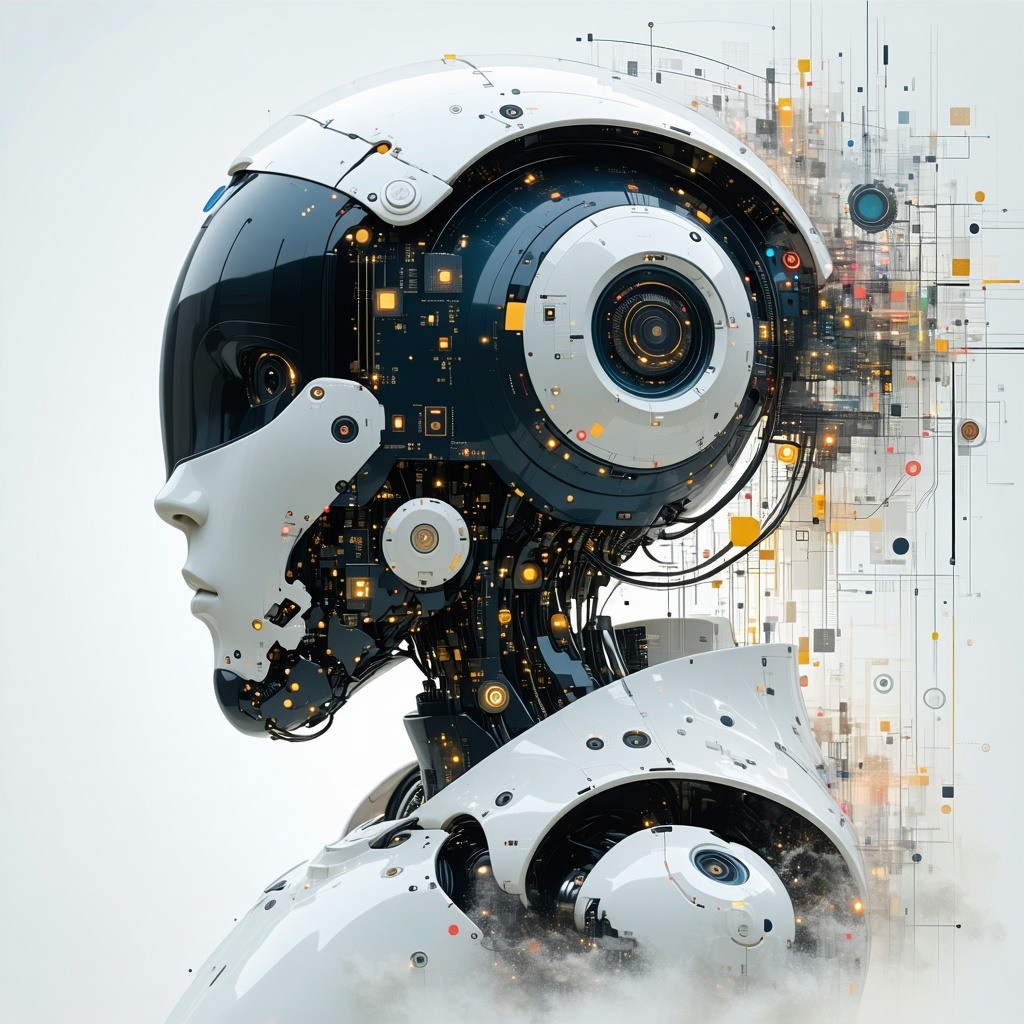AI vs Machine Learning: Key Differences and Business Applications
Understanding AI vs Machine Learning
Artificial Intelligence (AI) and Machine Learning (ML) are often used interchangeably, but they serve distinct roles in business applications. AI encompasses a broad spectrum of intelligent systems capable of simulating human intelligence, while ML is a subset of AI that enables systems to learn and improve from data without explicit programming.
AI vs ML: Breaking Down the Key Differences
Want a quick overview of AI's impact on business? Watch this video for actionable insights!
What is Artificial Intelligence?
AI (Artificial Intelligence) refers to the development of systems that mimic human intelligence, such as reasoning, problem-solving, and decision-making. It is widely used across industries to enhance operational efficiency and optimize strategic decision-making.
Key AI Capabilities:
- Natural Language Processing (NLP): Chatbots, virtual assistants, and sentiment analysis.
- Computer Vision: Image recognition for security, healthcare diagnostics, and manufacturing quality control.
- Predictive Analytics: Business intelligence for demand forecasting, risk assessment, and market trend analysis.
- Autonomous Decision-Making: AI-driven automation for customer support, fraud detection, and process optimization.
What is Machine Learning?
Machine Learning is a specialized branch of AI that uses algorithms to process large datasets and improve performance over time. ML is particularly valuable in analyzing patterns, making predictions, and automating decision-making with minimal human intervention.
Common Machine Learning Applications:
- Fraud Detection: Banks and financial institutions use ML to identify suspicious transactions.
- Personalized Recommendations: Streaming services and e-commerce platforms suggest content and products based on user behavior.
- Supply Chain Optimization: ML predicts demand, reducing inventory costs and improving logistics.
- Predictive Maintenance: AI-powered ML models anticipate equipment failures before they happen.
AI vs ML: What’s the Difference?
While AI and ML are closely related, their primary distinction lies in scope and function.

How AI & ML Work Together in Business
AI and ML are not competitors but complementary technologies. Businesses integrate AI-driven automation with ML-powered analytics to refine operations and enhance decision-making.
AI and ML in Custom Business Solutions
Custom AI Solutions can transform your business operations in several ways:
- Enhancing Strategic Decision-Making: AI-powered predictive analytics for business intelligence helps organizations anticipate market trends and optimize business strategies.
- Improving Workflow Efficiency: ML-driven automation reduces manual tasks, streamlines operations, and enhances productivity.
- Simplifying Implementation: AI models adapt to existing IT infrastructures, minimizing complexity and deployment challenges.
- Ensuring Data Security and Compliance: AI-driven insights detect anomalies, prevent cyber threats, and enforce regulatory compliance.
- Delivering Intuitive User Experiences: AI-based applications personalize interactions, improving customer satisfaction and engagement.
However, many organizations fall into common traps when implementing these solutions. Learn how to build custom AI solutions the right way and avoid the traps that 99% fall into.
The Role of Data & Algorithms in AI and ML
Data quality is a critical factor in AI and ML effectiveness. Poor-quality data leads to inaccurate models and unreliable predictions. Businesses must focus on:
- Data Collection: Ensuring high-quality, structured datasets.
- Algorithm Selection: Choosing the right models for specific business needs.
- Continuous Learning: Refining models based on real-time data.
For deeper insights into leveraging your data assets effectively, explore our Custom AI for Data Analysis services.

Future Trends in AI and ML
As AI and ML continue evolving, businesses should prepare for emerging innovations:
- Generative AI: AI models that create new content, revolutionizing design, marketing, and software development.
- AutoML: Automated Machine Learning tools that simplify model training and deployment for non-experts.
- Edge AI: Processing AI computations closer to data sources, reducing latency and enhancing real-time decision-making.
- Explainable AI (XAI): AI systems designed to improve transparency, ensuring businesses understand model decisions.
AI vs ML: Choosing the Right Solution for Your Business
Understanding AI and ML differences helps organizations implement the right technology for optimizing workflows, reducing costs, and increasing productivity. Tailored AI and ML solutions drive data-driven decision-making and seamless automation. Before diving into implementation, be aware of the top 3 AI implementation mistakes that could derail your efforts.
Client Success Stories
"Our AI solution enhanced accuracy and streamlined workflows, significantly improving operational efficiency and decision-making."
Transform Your Business with AI and ML
At 42robotsAI, we help businesses leverage AI and ML to optimize existing processes and drive measurable success. Our AI Implementation Consultants can guide you through every step of your AI journey. Contact us today to explore custom AI solutions tailored to your needs.